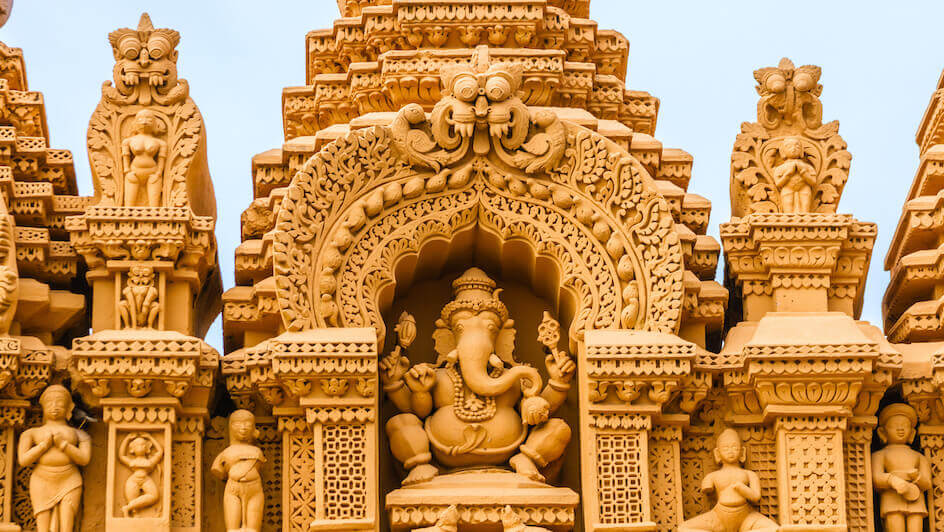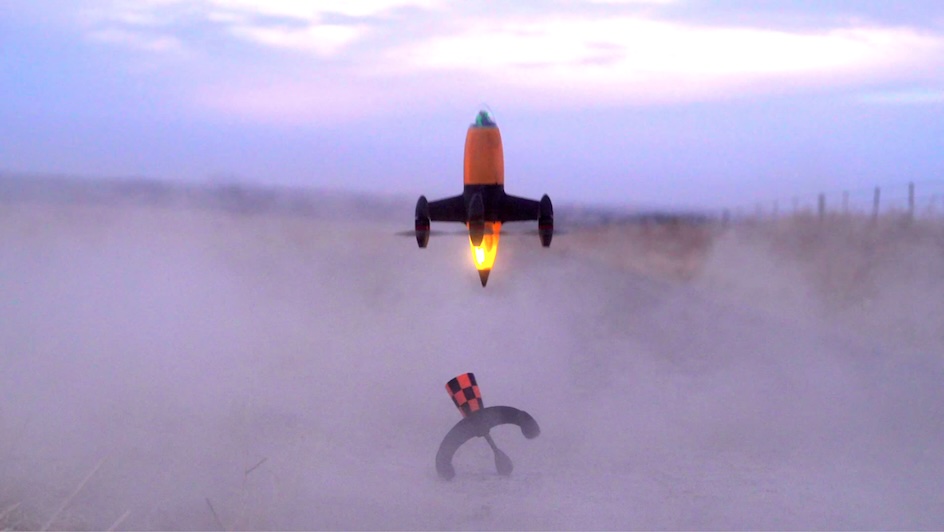Robo Worshippers: Innovation or Sacrilege?

The advance of robotics and artificial intelligence (AI) have proven to fill the gap when there are not enough humans around, so much so robots are becoming a common sight in India’s Hindu temples.
It all started in 2017 when an Indian automotive company produced a robot arm that could perform an “aarti”, the Hindu ritual of offering an oil lamp to a deity to symbolise banishing darkness.
In the southern state of Kerala, the Irinjadappilly Sri Krishna temple saw its grounds blessed last month with a life-sized mechanical elephant – donated by People for the Ethical Treatment of Animals – so as to help devotees conduct “cruelty-free” rituals.
The introduction of ritual automation has led to robust debates on the use of AI technology in worship, and what it could mean for the future of religion and religious practices.
One camp claims that it could offer a new horizon of understanding and further society, and pointed out that “robots, unlike people, are spiritually incorruptible.”
However, others think robots replacing humans could result in complicated ethical quandaries, and are questioning the true benefit of mechanising places of worship or creating artificial devotees. For Hindus and Buddhists, a great emphasis is placed on the correct ethical and public religious display: practising what you preach is closer to spiritual growth, rather than simply knowing what you believe.
A core concern is the notion that humans will eventually remove humanity from religion and that robots become deities themselves, which in turn could mean wanting to become human, and thus a re-imagining of humanity.
Robotic automation offers a glimpse of possibilities for religion, and transhumanism can create a new form of spirituality for believers across the world.





















